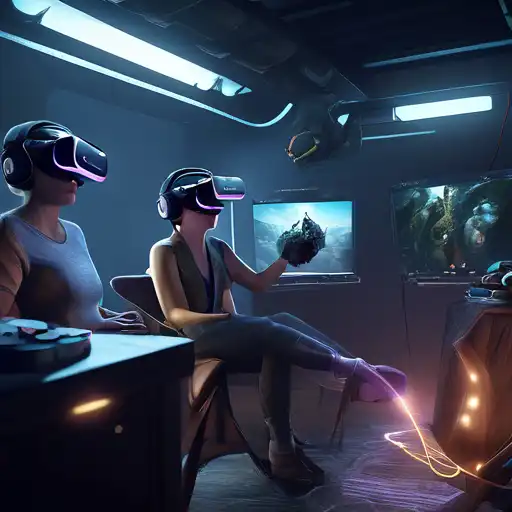Introduction to Virtual Reality
Virtual Reality (VR) has transformed the way we interact with digital content, offering unparalleled immersive experiences. From gaming to education, VR's applications are vast and varied. This guide will walk you through the essentials of creating compelling VR experiences that captivate and engage.
Understanding the Basics of VR Development
Before diving into VR development, it's crucial to grasp the foundational elements that make VR unique. These include 3D environments, user interaction, and the hardware that brings it all to life. Familiarizing yourself with these components is the first step toward mastering VR creation.
Choosing the Right Tools and Platforms
Selecting the appropriate development tools is pivotal. Popular platforms like Unity and Unreal Engine offer robust support for VR projects, providing developers with the necessary resources to bring their visions to fruition. Additionally, understanding the capabilities and limitations of VR headsets is essential for optimizing your projects.
Designing for Immersion
Immersion is the cornerstone of any successful VR experience. This involves creating detailed 3D environments, realistic soundscapes, and intuitive user interfaces. Paying attention to these details ensures that users feel truly present in the virtual world you've created.
Best Practices for VR Development
To create standout VR experiences, adhere to these best practices:
- Focus on user comfort to prevent motion sickness.
- Optimize performance to ensure smooth gameplay.
- Incorporate interactive elements to enhance engagement.
By following these guidelines, you can develop VR experiences that are not only immersive but also enjoyable and accessible to a wide audience.
Testing and Iteration
Testing is a critical phase in VR development. Gathering feedback from users allows you to identify areas for improvement and refine your project. Iteration based on this feedback is key to creating a polished and immersive VR experience.
Conclusion
Creating immersive VR experiences requires a blend of creativity, technical skill, and attention to detail. By understanding the basics, choosing the right tools, and adhering to best practices, you can craft virtual worlds that captivate and inspire. For more insights into VR development, explore our VR development resources.
